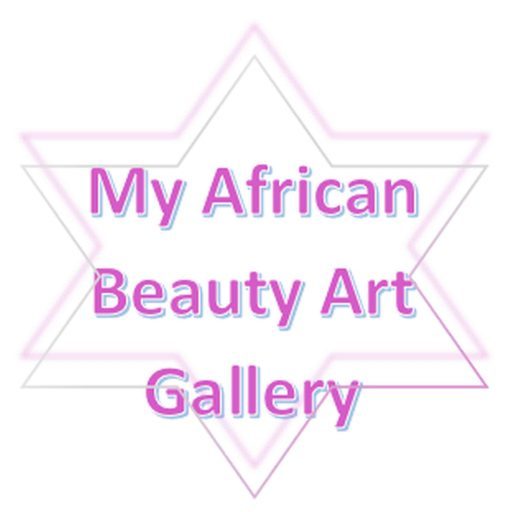SUKU
TYPES OF ART
Various wooden sculptures are made, extending from religious and magical figures to everyday status items, such as elegantly carved cups and hair combs. The Suku, like their neighbors the Yaka, also create complicated masks, which are used by the initiation societies.
HISTORY
Oral history suggests that the Suku, along with the Yaka, were part of an invasion against the Kongo Kingdom that came from the Lunda Plateau in the 16th century. Previous to that time Suku culture was enveloped in Kongo language and agriculture. Lunda expansion and creation of the Inbangala Kingdom in 1620 greatly affected the occupants of the Kwango River area, which included both the Yaka and the Suku. At one time the Suku were subsumed by the larger Yaka kingdom. In an effort to expand to the northwest and east, Yaka chiefs weakened their kingdom’s strength and were forced to become subservient to the Lunda. The Lunda-Chokwe empire collapsed in the 19th century allowing both the Suku and the Yaka to regain some of their independence.
ECONOMY
Cultivation of yams, manioc, and groundnuts is done primarily by women. This is supplemented by the men hunting with dogs in the surrounding forest and by the women gathering wild berries, nuts, and roots. Occasional fishing in the Kwango River also provides some food. Although hunting rarely provides substantial quantities of meat to the Suku diet, it is considered an important part of male culture. Palm tree plantations provide the Suku with palm oil, an important commodity for local and international trade.
POLITICAL SYSTEMS
The Suku follow matrilineal descent patterns, which serve as individual lineages with members recognizing a geneological depth of three or four generations. Each community has a local chief who is the direct descendant of the original land owner and usually is controlled to some extent by a paramount regional chief. The Congolese government officially governs each region in conjunction with the local chiefs, controlling the extent of the power of those individual chiefs. Ritual specialists and diviners who achieve their prominence through display of their individual healing powers also inform political decisions.
RELIGION
Ndzambyaphuungu (the creator who inhabits the sky) is responsible for life, death, and all unanswerable questions. There are no religious practices that actively pay homage to this god. Instead, religious celebrations focus on honoring the elders and bambuta (ancestors). The death of an elder is cause for a public ceremony performed by other elders. Bambuta may be honored by recognizing and practicing the traditional ways and through offerings and gifts. The offering place is usually a yipheesolu (clearing in the forest). This place is off-limits to outsiders and all women. Offerings may otherwise be made at the grave site of the ancestors.

